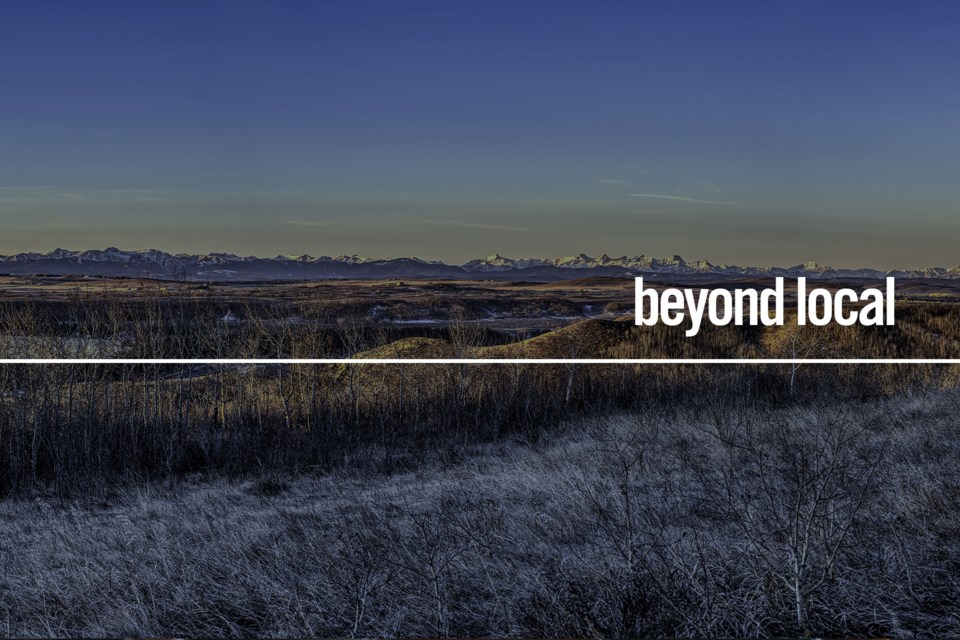According to Statistics Canada, this year Canadian honey producers harvested 74.4 million pounds of honey, the lowest level since 2009 and lower by 15.6% from 2021. Total Canadian sales were $253.5 million, down by 5.6%.
The lower harvest is due to poor queen quality, varroa mite infestation and unfavourable weather in some provinces. Another challenge for producers was the high cost of replenishing colonies lost over the winter.
Alberta is Canada’s top producer of honey, contributing 30.4 million pounds to the national total. A cold winter followed by poor spring conditions weakened colonies, resulting in the 10.4% reduction in production from 2021. The prairie provinces are responsible for four-fifths of all honey harvested in Canada.
Increased demand for honey by Japan and the USA led to a 60.6% increase in exports over 2021 during the first three quarters of this year. At the same time, imports increased from 2021 by 11.1% to 16.6 million pounds.
In the Canadian Honey Council’s latest newsletter, Hivelights, Curtis Miedema writes that reports from Alberta are mixed.
“Some beekeepers had the worst crop ever and some had a surprisingly good crop. With overall hive numbers down and a below average crop there doesn’t seem to be a surplus of honey around.”
Rod Greidanus from Alberta writes in the newsletter he had 35% winter loss of his hives this year and was averaging 120 pounds of honey per hive. Other producers were reporting losses as high as 60% with yields as low as 100 lbs per hive.
“Alberta producers, depending on whether or not the producer provides hives for pollination, experiences a 24% winter loss and produces 140 pounds per hive,” wrote Greidanus.



